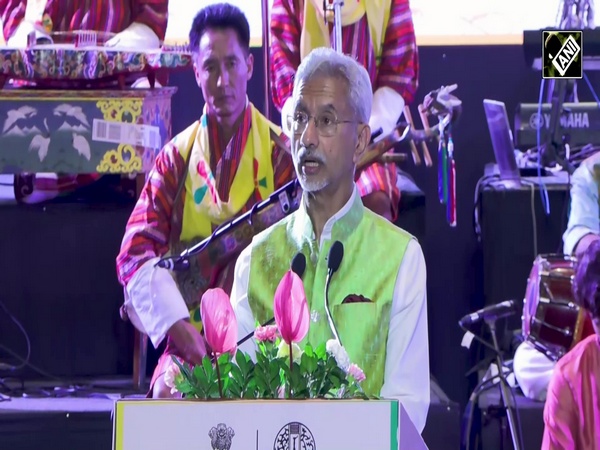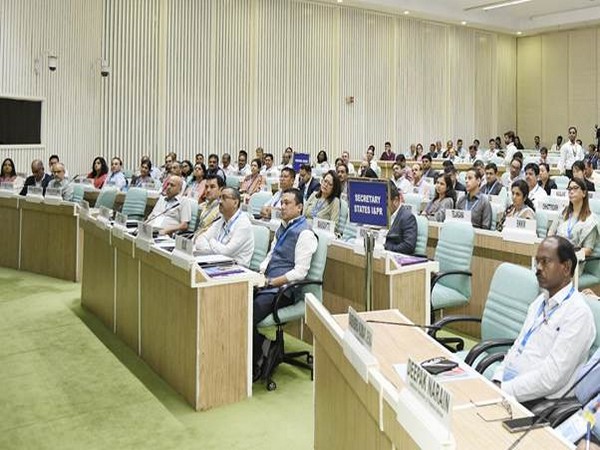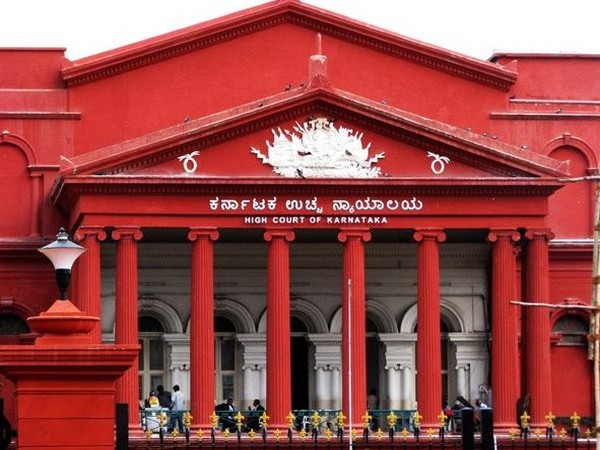
India's new gold loan regulations to reshape lending landscape: S&P Global
Jun 19, 2025
New Delhi [India], June 19 : S&P Global Ratings anticipates that the new regulations in Gold-Backed Loans will necessitate business model adjustments for lenders, with nimble players likely to gain a competitive edge.
India's booming gold-backed loan sector is poised for significant changes with the introduction of new regulations, expected to be fully implemented by April 1, 2026.
A key change involves the inclusion of interest payments until maturity in the calculation of Loan-to-Value (LTV) ratios, which could reduce the initial loan amount disbursed to borrowers.
Additionally, credit appraisals for consumption-focused loans exceeding USD 3,000 and all income-generating loans will now require a cash flow analysis of borrowers, a departure from the traditional reliance on collateral valuation.
The new rules also aim to enhance customer protection by standardizing the regulatory framework and addressing prudential and conduct gaps. This includes clearer guidelines on collateral handling and auction processes, mandating the return of pledged collateral and auction surpluses to borrowers within seven working days.
Disbursements above INR 20,000 (approximately USD 231) will now be made directly to borrowers' bank accounts. The RBI is also emphasizing greater transparency in interest rate and fee disclosures and scrutinizing the outsourcing of core financial services.
This shift will particularly impact nonbank financial companies (NBFCs) with large gold loan portfolios, such as Muthoot Finance Ltd. and Manappuram Finance Ltd., as they will need to invest in developing new risk management policies and training loan officers.
Despite these adjustments, operational agility and service excellence, including quick and seamless loan disbursement, will remain crucial differentiators for lenders. NBFCs' strong customer relationships and investments in analytics are expected to help them maintain competitiveness.
While these new models offer opportunities, they also introduce risks, particularly the heightened sensitivity to sharp corrections in gold prices if higher LTV norms are adopted for income-producing loans.
Gold prices have surged by nearly 80% since late 2023, leading to a significant increase in collateral value and loan books. The RBI's regulatory treatment of NBFC gold loans, which applies a 100% risk weight, helps mitigate price risk, although banks currently benefit from a 0% risk weight on these loans.




























